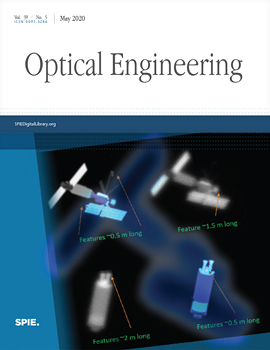Daria Kalustova, Vasyl Kornaga, Andrii Rybalochka, Vadym Mukhin, Yaroslav Kornaga, Sergiy Valyukh
Optical Engineering, Vol. 59, Issue 05, 055102, (May 2020) https://doi.org/10.1117/1.OE.59.5.055102
TOPICS: Light emitting diodes, RGB color model, Luminous efficacy, LED lighting, Light sources and illumination, Optical engineering, Line edge roughness, Light sources, Rutherfordium, Roentgenium
Daylight is an inherent attribute of a sustainable building. Artificial reproduction of natural illumination under varying needs and environmental conditions has been made possible after the appearance of the new wave of solid-state light sources. Our work is devoted to the development of white light-emitting diode (LED) clusters consisting of red, green, blue, and white (RGBW) LEDs for implementation in a smart lighting system that is able to reproduce light with correlated color temperature (CCT) similar to daylight, high values of color rendering index, and luminous efficacy. A method for determination of the optimal contribution of each of the four LEDs is demonstrated and discussed. We show that only three LEDs—green, blue, and white (no red) can be used in many cases for reproducing daylight. Both luminous efficacy of radiation and actual luminous efficacy of the considered RGBW clusters as functions of the CCT are analyzed.


 Receive Email Alerts
Receive Email Alerts